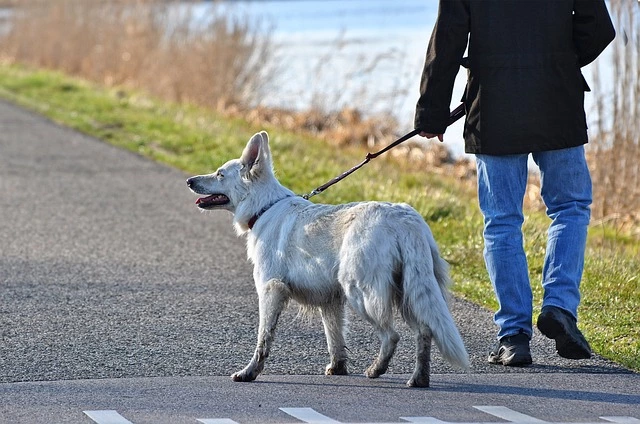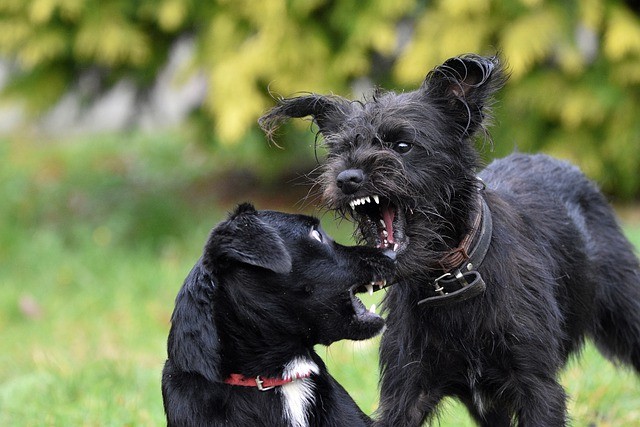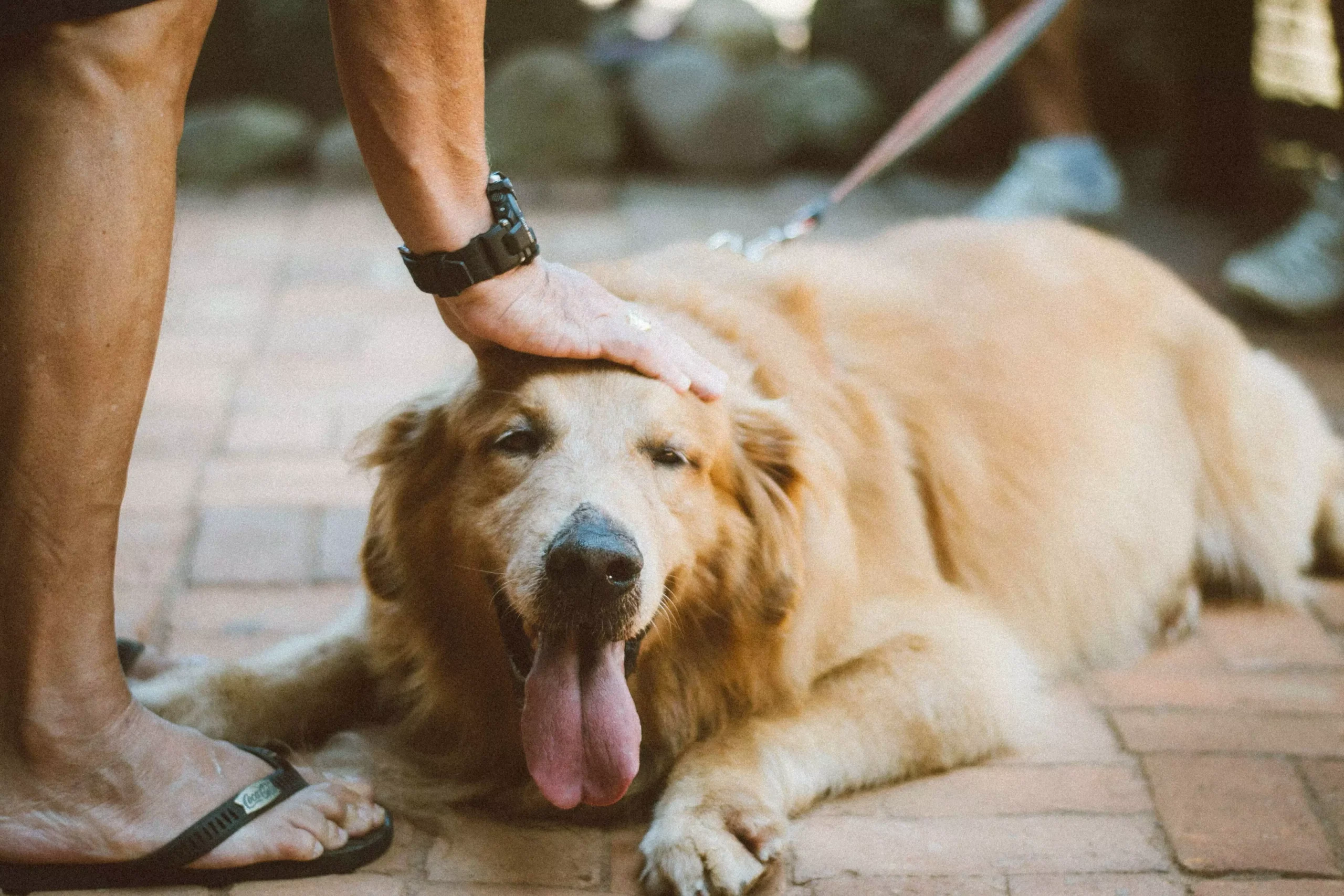Dogs are naturally born with an instinct to chase, but when this behavior becomes excessive, it can lead to various issues for both the dog and their owners. In this article, we will delve into the underlying reasons behind excessive chasing behavior in dogs and provide effective strategies to address and manage this behavior. Additionally, we have compiled a list of frequently asked questions (FAQs) to help you better understand this behavior.
Understanding the Root Causes of Excessive Chasing Behavior
Dogs chase for a variety of reasons, and understanding the underlying causes is crucial in addressing and managing this behavior. Here are a few common reasons behind excessive chasing behavior in dogs:
1. Prey Drive: Dogs have an innate prey drive, which is a natural instinct for chasing and capturing prey. Some dogs may have a heightened prey drive, leading to excessive chasing behavior.
2. Boredom and Lack of Mental Stimulation: Dogs require mental and physical stimulation to stay balanced and content. When dogs don’t receive enough mental stimulation or become bored, they may resort to excessive chasing as a way to entertain themselves.
3. Lack of Training and Socialization: Dogs that haven’t undergone proper training and socialization may exhibit excessive chasing behavior. They might not have learned appropriate boundaries and impulse control, leading to chasing anything that catches their attention.
Effective Strategies to Address Excessive Chasing Behavior
Now that we understand the root causes of excessive chasing behavior, let’s explore some effective strategies to address and manage this behavior:
1. Provide Sufficient Exercise: Ensuring your dog receives enough physical exercise is essential in managing excessive chasing behavior. Regular walks, runs, and engaging play sessions can help tire them out, reducing their inclination to chase excessively.
2. Mental Stimulation and Enrichment: Engage your dog’s mind by providing interactive toys, puzzle feeders, and training sessions. Mental stimulation helps redirect their focus and energy away from excessive chasing behavior.
3. Positive Reinforcement Training: Utilize positive reinforcement techniques to train your dog to exhibit alternative behaviors. Reward them with treats, praise, and play when they display appropriate responses and refrain from excessive chasing.
4. Teach the “Leave It” Command: Teaching your dog the “leave it” command is invaluable in curbing excessive chasing behavior. Consistently reinforce this command during walks or playtime, redirecting their attention away from objects or animals they may be inclined to chase.
5. Seek Professional Help: If your dog’s excessive chasing behavior persists despite your best efforts, consult a professional dog trainer or behaviorist. They can provide individualized guidance and develop a behavior modification plan tailored to your dog’s specific needs.
FAQs – Frequently Asked Questions
Q1: Can excessive chasing behavior be completely eliminated in dogs?
Q2: Is it normal for certain dog breeds to exhibit more chasing behavior than others?
Q3: How long does it typically take to see improvement in excessive chasing behavior with training?
Q4: Can neutering or spaying my dog reduce their excessive chasing behavior?
Q5: Are there any potential risks associated with using aversive training methods to address excessive chasing behavior?
Q6: Can professional dog trainers help with addressing excessive chasing behavior in senior dogs?
Q7: Is it advisable to use a leash or harness to control excessive chasing behavior during walks?
Q8: Can anxiety or fear contribute to excessive chasing behavior in dogs?
Q9: Are there any medications available to manage excessive chasing behavior in dogs?
Q10: What should I do if my dog’s excessive chasing behavior poses a risk to themselves or others?
Remember, every dog is unique, and addressing excessive chasing behavior may require patience, consistency, and professional guidance. By understanding the underlying causes and implementing appropriate strategies, you can help your dog overcome this behavior, promoting a more harmonious relationship between you and your furry friend.









